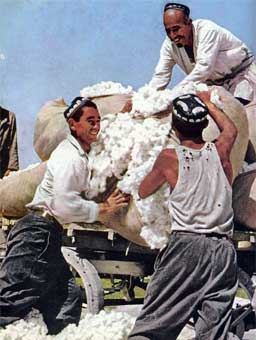Agricultural production and the extraction of natural resources have always been the economic core basis of development for the Central Asian countries. In recent years, the major challenge faced by these countries has been transitioning to market-oriented economies from a centrally planned social economic system. Since their independence in 1991 these countries continue to undergo changes and reforms in their social-economic and legal systems.

